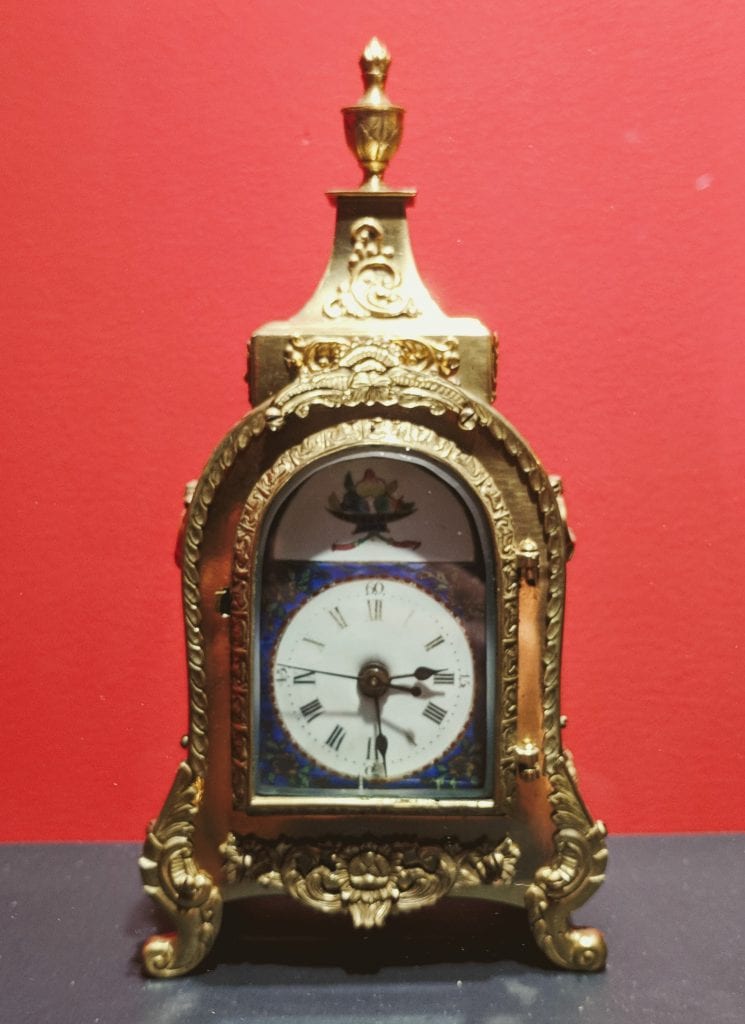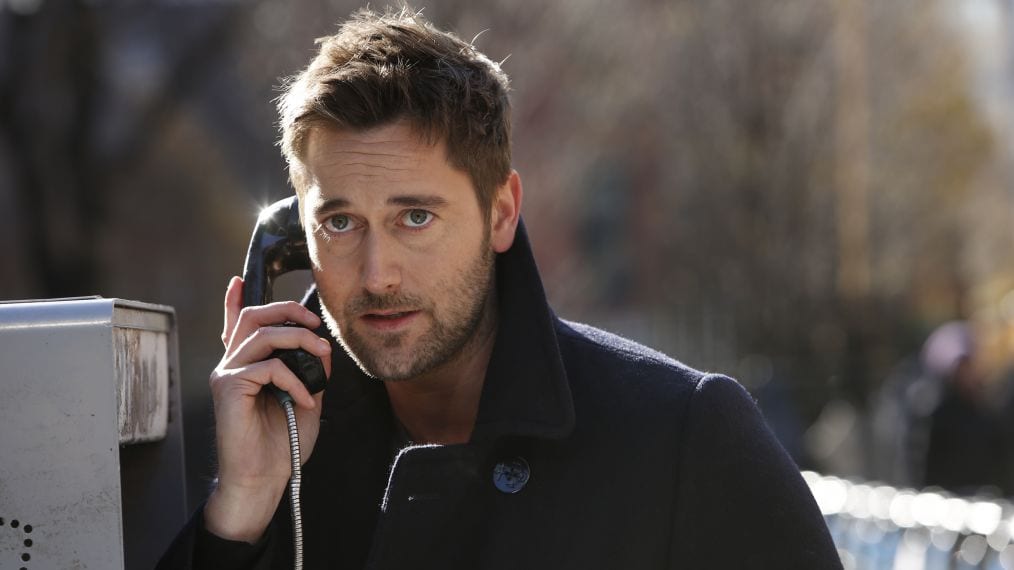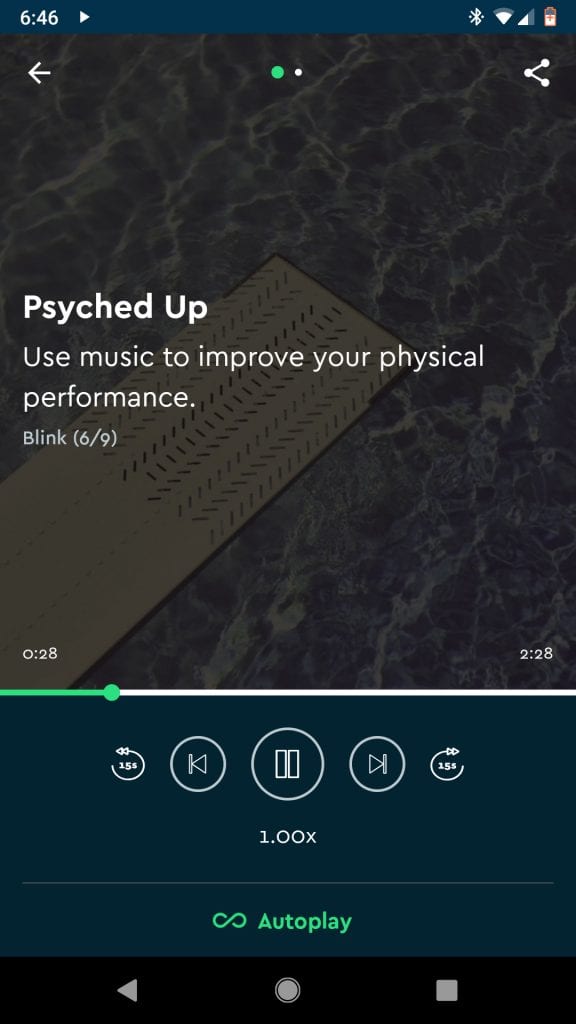Yes, kettles, as in tea kettles.
Whaaaat, you ask? Who am I, you ask?
As a longstanding diehard coffee consumer, I’ve been asking myself the same questions.
A few weeks ago—three tomorrow, to be exact—I wasn’t feeling very well. I had a coffee on my nightstand as I laid in bed, trying to nap off whatever bug was bringing me down. The smell of the coffee, though, kept waking me up and making me feel queasy.
I haven’t had a lick of it since.
Considering I quit drinking alcohol almost three years ago, I am still surprised at my ability to be surprised when I fully quit something that has been part of my everyday life for over a decade. But I was drinking five to six cups of the strongest coffee I could find a day, and now I’m… a tea drinker? It’s weird. Surprising. And weird.
There are several upsides, obviously, to cutting the extreme caffeine. I’m saving money not purchasing $4-a-pop pick-me-ups. My energy is way better, ironically enough. More consistent. Fewer crashes. Less dramatic energy surges and lethargic dips. I l-o-v-e that I don’t feel restless/ manic if I haven’t had my morning coffee. AND, best of all, the ritual of making tea is way more fun.
I’m not fancy. By ritual, I mean literally just boiling water. But it’s like when you’re 16 and learn to drive and get a $300 janky, old, dump-destined beater that is a straight-up diamond in your eyes because it represents freedom, delicious freedom.
That beater = boiled water for me right now. <insert heart eyes, hashtag EZ2PLZ>
Once I passed the two-week coffee-free threshold, Justin and I decided to get a new kettle for the house so I could boil water like a lady. (Technically we had one already but it was, well, a dump-destined beater that was ~16 years old itself.)
Here are some places I found awesome options, including a few unexpected locales. So many tea pots, so little time (and also counter space).

A sea foam green cast iron kettle ($24.99) with a stainless steel infuser on the inside, embossed Japanese-style grapevines on the outside.
World Market
Travel the world from the comfort of your own stovetop. World Market’s options range from beautiful embossed cast iron kettles to marbled enamel numbers that would play perfectly in a white-cabinet kitchen.


Etsy
The Etsy marketplace is often a go-to when I’m shopping for jewelry or décor, but I didn’t think of it right away for tea kettle shopping. Don’t make the same mistake. There are some really lovely options available, including punny pots like Mr. Tea, who pity the caffeine-fiending fool, and many vintage goodies, like this amazing Corningware cooker.

Anthropologie
Whimsical print pots, $500+ coppermill kettles, and swoon-worthy sets complete with sugar bowls and serving trays. That’s so Anthro.

Art museums
Yet another destination you might not consider right away, art museum shops often have a curated section of hip home goods. For example, The Art Institute of Chicago’s Museum Shop has a sparse but mighty selection, and MoMA has some seriously great stuff that will ensure your tea routine is a work of art. (PS. I bet your local bookstore also carries some tea related must-haves.)


Amazon
Ah, good old Amazon. Fun options abound, though we ended up getting none of the above and, instead, going for function over style, purchasing an energy efficient electric kettle that can boil water in mere seconds.
Le sigh. It’s cool in a practical way, but I’ll be in the market for adorable mugs soon. This, friends, is what kitchen-based compromise and communication looks like.
And this:









































